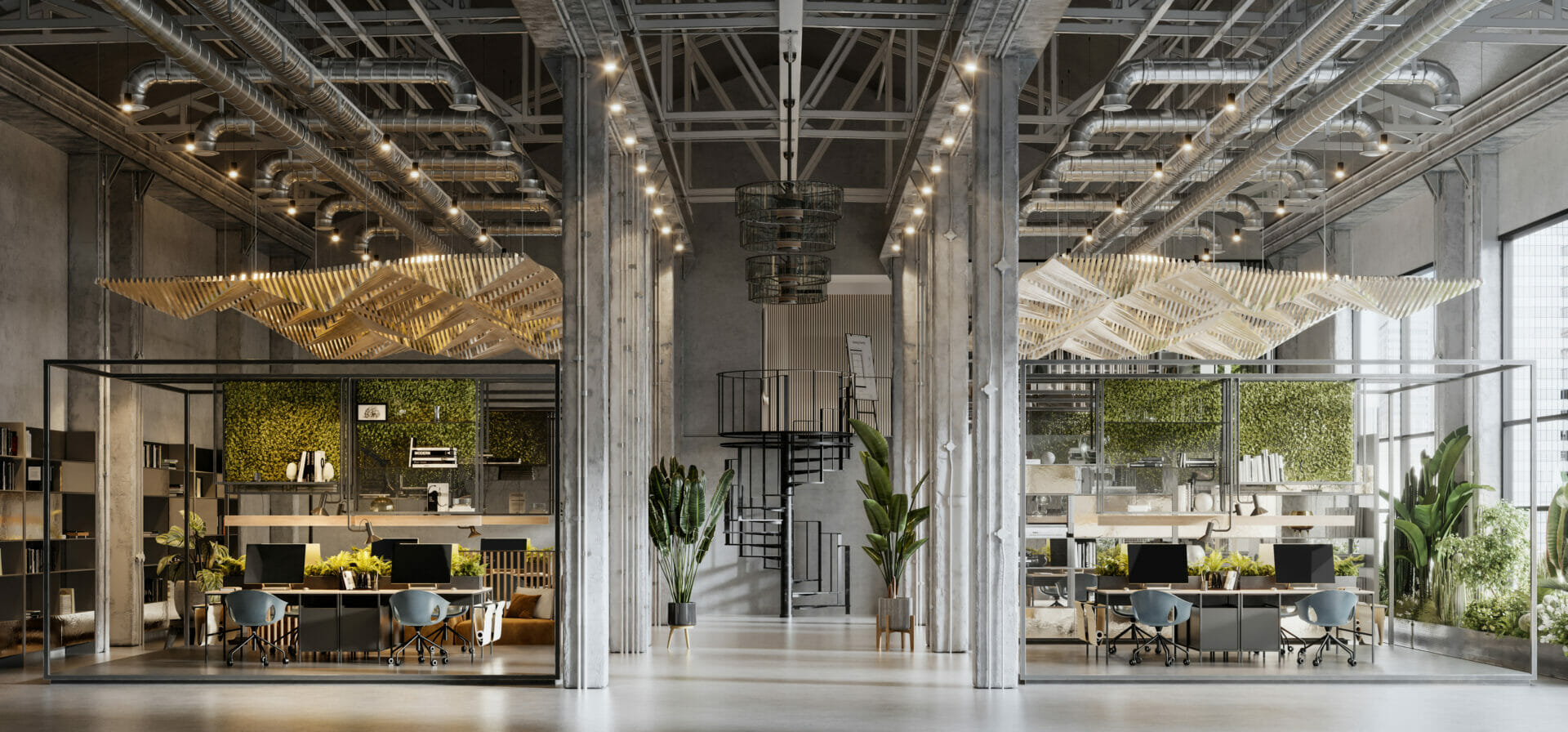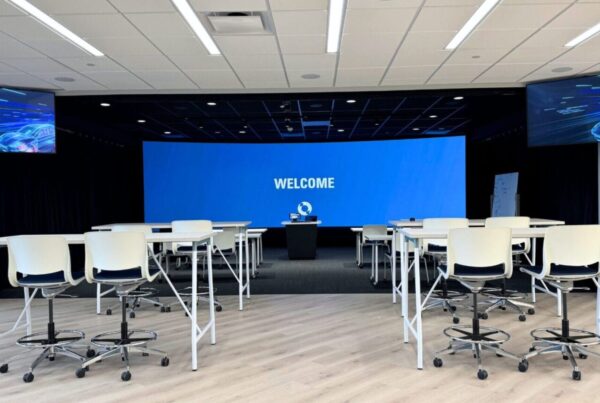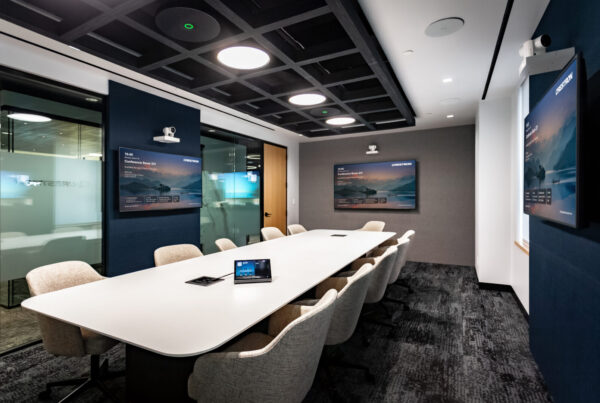Once the trendiest new thing among creatives and tech workers, coworking spaces have had a rough couple of years. First was the near implosion of WeWork, which sent shockwaves through the fledgling industry. Next was the pandemic, which understandably cooled people’s outlook on sharing a workspace with 20 or 40 strangers from their community.
While the co-working space industry certainly took a hit during COVID, many spaces were able to adapt by spacing desks, upping sanitation routines, and so forth.
Now we’re seeing multiple new trends and perhaps even a resurgence of the co-working model. Here’s what we see happening, through the lens of the world of AV technology.
Coworking Spaces Serving New Audiences
Many existing co-working professionals stayed away from their co-working spaces for a time. Some haven’t returned to this day and may never do so. But as the pandemic wore on, new audiences started embracing the co-working space model.
The “Work at Home Isn’t Working” Crowd
During early COVID closures, for some not-insignificant portion of the newly at-home workforce, working at home just wasn’t working. Perhaps the home just wasn’t big enough for everyone to work or do school at once. Some workers who needed high levels of focus couldn’t handle constant interruptions from small children.
Whatever the reason, some workers turned to coworking spaces as a sort of compromise: less risky than the big office but more productive than a house full of young kids, pets, and whatever other distractions made working from home difficult.
The Great Resignation Crowd
Another new source of co-working participants was the small army of people who quit their jobs in pursuit of something more flexible. Mid-career professionals who quit their day jobs and went full-time as freelancers still wanted a place to call work that didn’t resemble their couch, and co-working spaces provided the perfect solution.
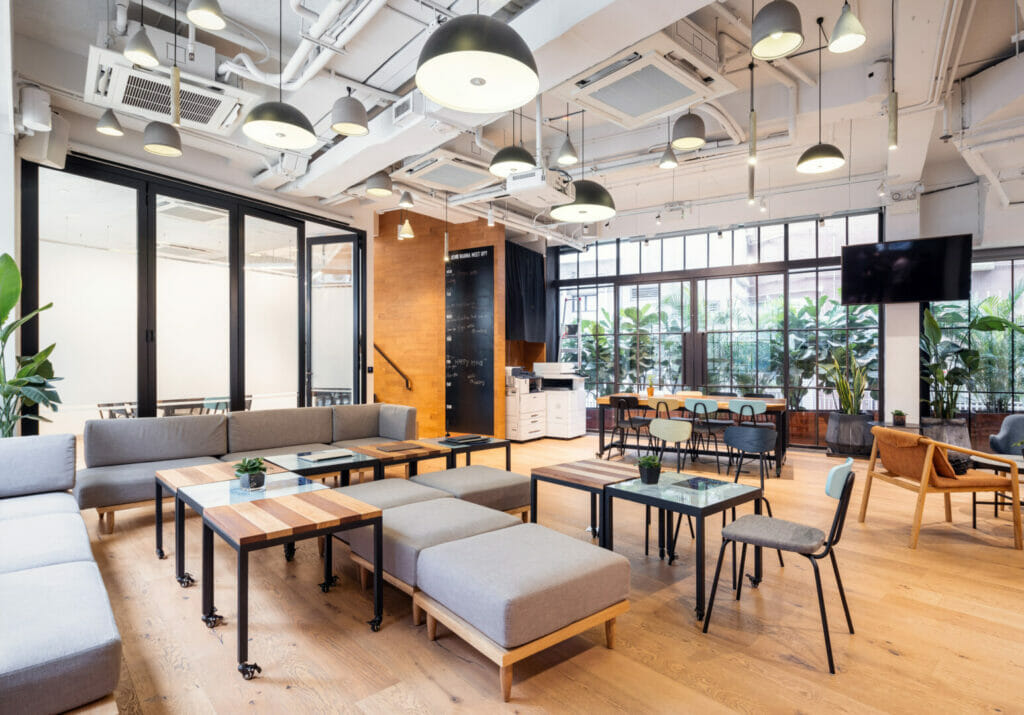
Decentralized Corporations
Another recent trend favoring co-working spaces (this time, the larger ones catering to commercial clients) is what the US Chamber describes as “de-densified” spaces. Companies are decentralizing away from “mothership campuses” (sorry Apple) and opening up smaller shops in more locations. “One floor in ten cities versus 10 floors in one” is how Coinbase CEO Brian Armstrong put it.
As companies decentralize — or even incentivize employees to work remotely — more and more workers will need space in less densely-populated areas. Some larger private businesses may even begin setting up cowork-like spaces in key markets, places where remote employees can gather or work on an as-needed basis.
Co-working Space in Higher Education
Perhaps the least likely development, at least to those working outside the higher education sector, is the rise in coworking spaces in higher education. Residential universities already offer plenty of communal spaces, including many with “get work done” vibes (library-style spaces, for example). But what’s new is the creation of work-oriented spaces for faculty and staff to use on an as-needed or even ongoing basis.
The University of Iowa recently made headlines, opening a private coworking space within a former shopping mall near the Iowa City campus. It’s part of a broader Future of Work pilot program that seeks to determine how best to support the university’s some 1,800 remote and hybrid employees.
The co-working space is off-limits to the general public: to gain access, you must be an employee of the University of Iowa. Use of the space is reservation-based. The university hopes the space will allow for more organic collaboration and offer a closer sense of connection to the campus to employees who want or need it.
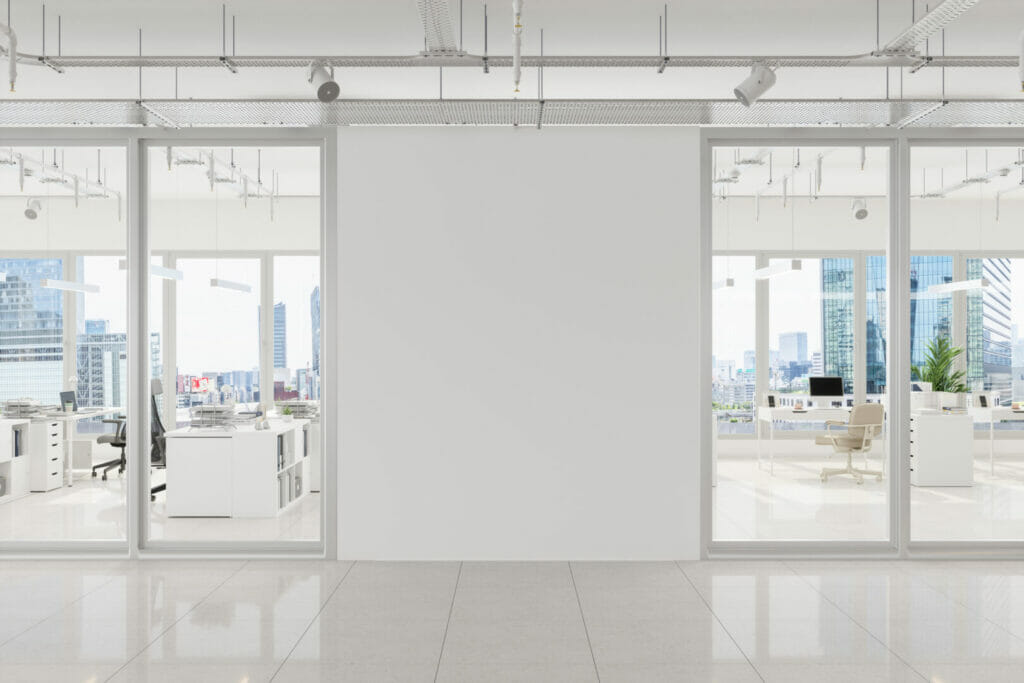
New Coworking Spaces Create New AV Needs
Wherever new co-working spaces are needed — whether in higher ed, the private sector, or anywhere else — there are plenty of AV considerations that need to be dealt with. Workers using these spaces often need videoconferencing spaces and private places in which to converse with others (whether in person or far away).
Education-oriented coworking spaces may need even more AV support: lecturers and professors may use them for conducting lectures, and groups of students may use them to collaborate with both in-person and remote project members.
Specific needs will vary, but any organization building out a coworking space needs the right partner so they can design and implement the AV solutions that provide workers with the tools they need to succeed in their roles.
Can Bluewater help you design such a co-working space? Our team is ready to jump in, from design to implementation, helping you create an ideal space that’s functional and on budget.


